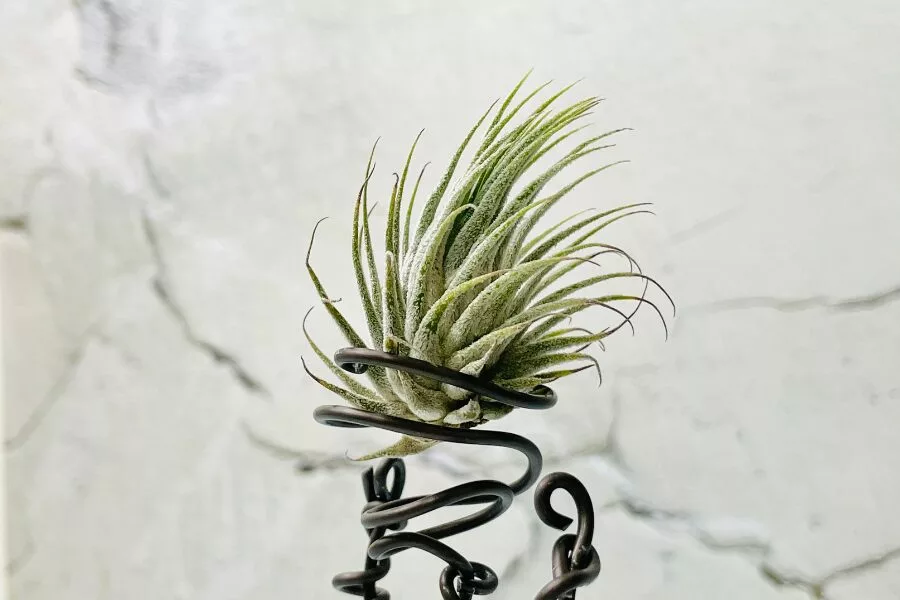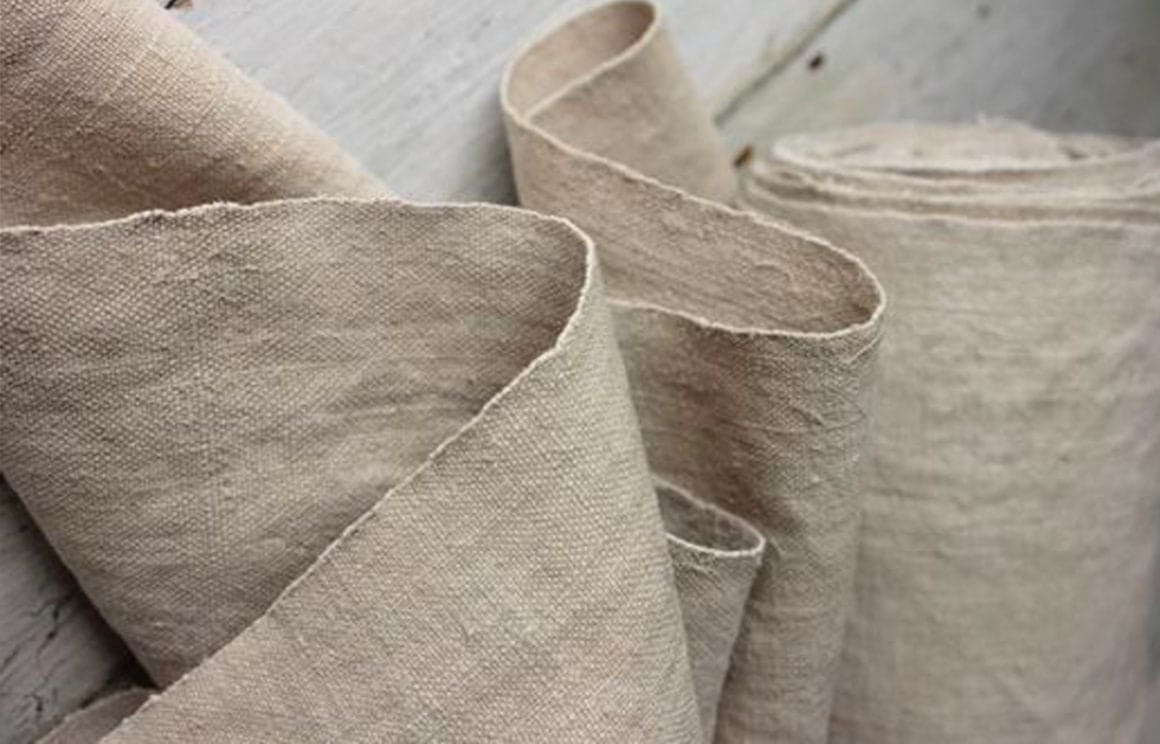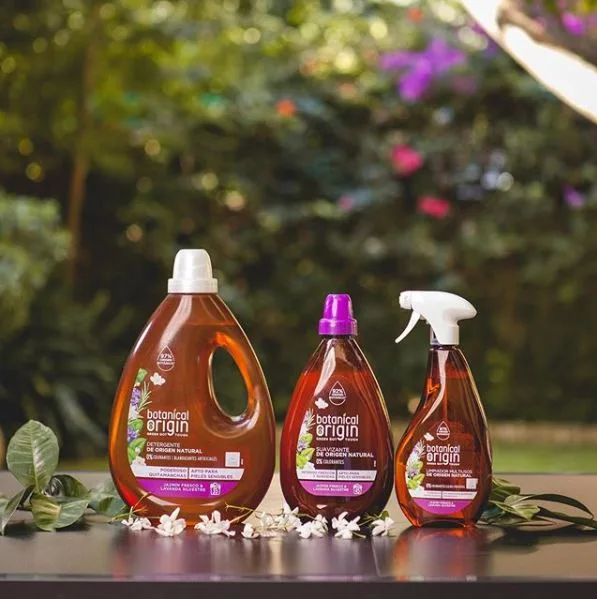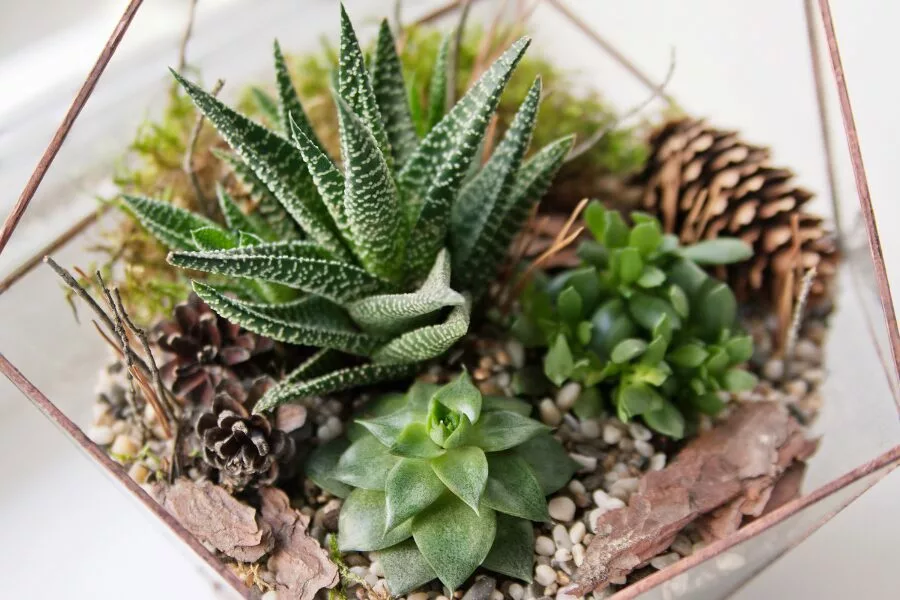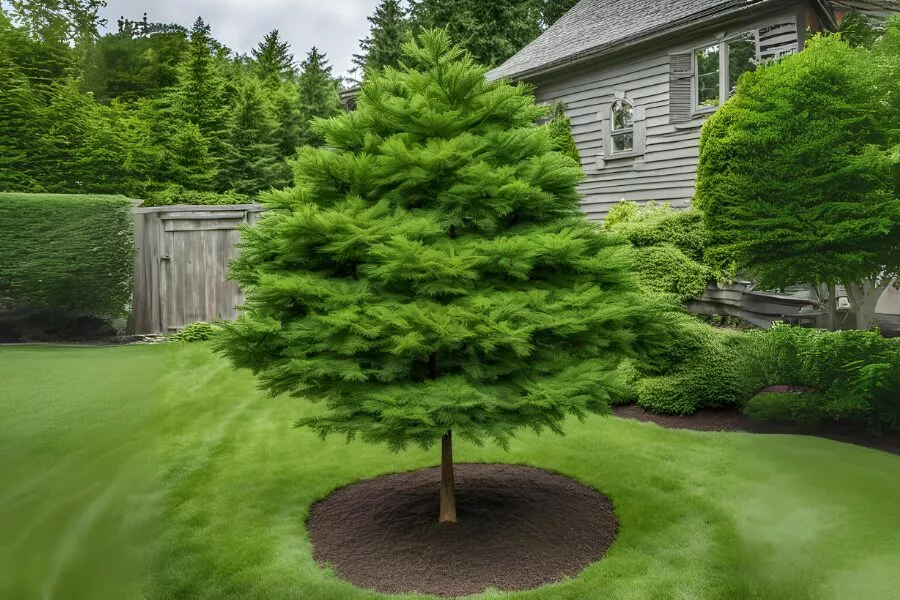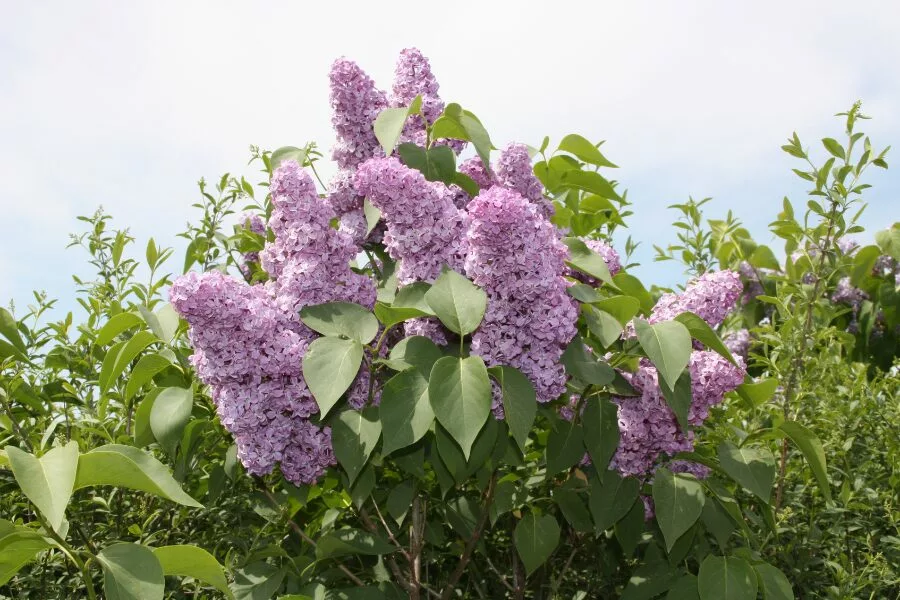Ready to elevate your indoor garden with a splash of green that defies tradition? Meet air plants—nature’s little rebels that don’t need soil to thrive! Air plants belong to the genus Tillandsia and come in hundreds of different types. They are unusual because they do not require soil to grow making them a fuss free decorative option for people who love plants!
Unlock Your Savings with Exclusive Offer Coupons
Save big while shopping for sustainable products! Grab your exclusive coupons today!

Because of the unique habitat requirements and ease of caring, these plants have become a hot trend in house decor. In this comprehensive guide about the best air plants we discover everything you need to know before you check out air plants for sale, or shop air plants online or in a nursery!
Why Air Plants Should Be Your Home’s New Best Friend
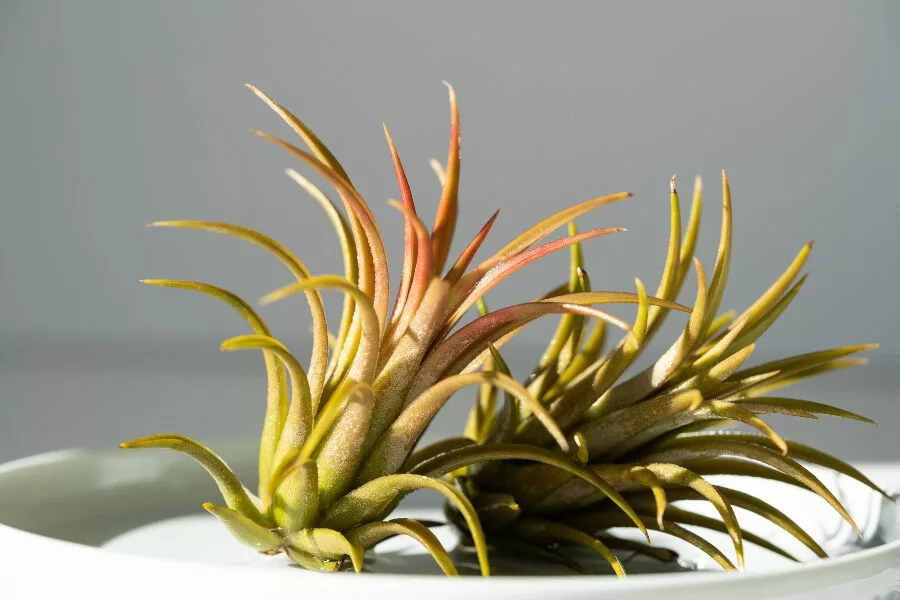
By now you would be almost convinced to add these unique decorative air plants to your home! Keep reading and by the end we are sure you’ll be placing an order!
We have all heard the phrase ‘One cannot live on the air’ but guess what!? These plants can, as the name suggests, these plants do not require soil to grow. Unlike normal plants which get their nutrients from the soil, they get their nutrients directly from air, water and small amounts of debris around it.
If you are tired of being on your toes all the time worrying about caring about your house plants dying then your search for an easy care option ends here.
What makes easy air plants a brilliant idea for your home is that air plants for indoor garden are easy to care for. You can experiment with many air plants ideas, and put these decorative air plants in versatile displays and from sleek modern interiors to cozy bohemian spaces, these plants fit right in!
Top 5 Air Plants for Every Home
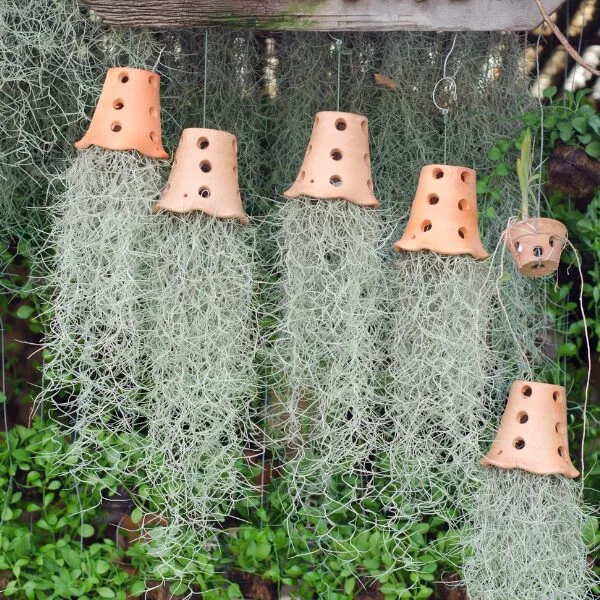
Though this is the scientific name, you would have had it commonly called Spanish Moss. This air plant thrives in humid environments and is often found hanging from the trees in tropical forests. They are perfect for hanging displays.
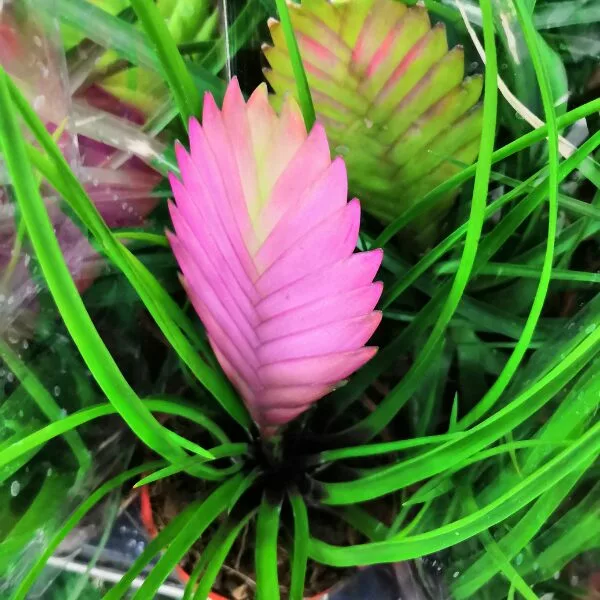
Also known as the Pink Quill, this plant stands out with its flat, pink, paddle-like inflorescence. This is a special case of an air plant where you can also grow it in soil. It’s easy to care for, making it one of the best air plants for novices, and adds a subtle pink color to your favorite home spot.
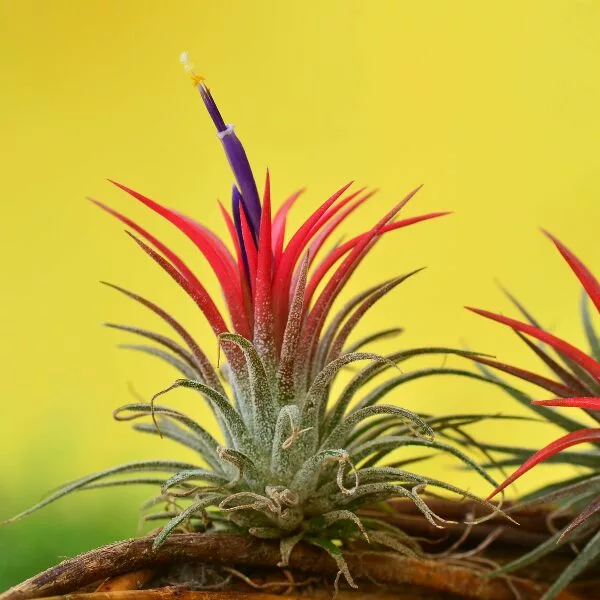
This is another unique variety of Ionantha that features bright, orange-red hues when in bloom, offering a beautiful contrast against its typically green leaves. It is one of the best air plants for novices. Also, you can expect delicate white inflorescence under provided the right conditions for the growth.
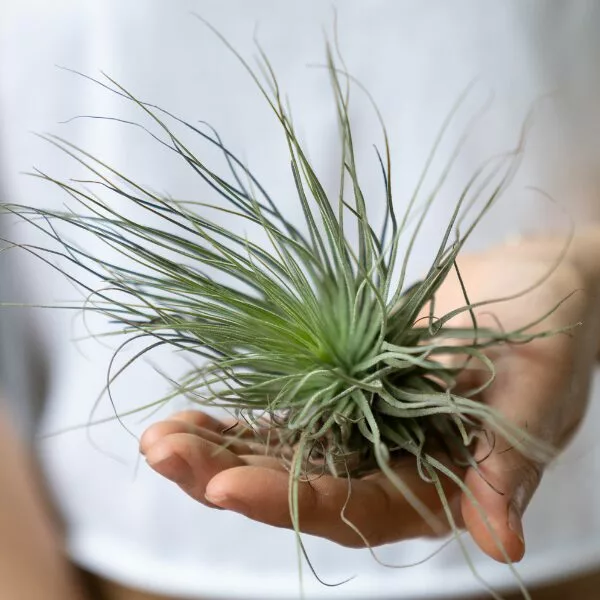
As the name suggests this species of air plant has silvery, velvety leaves. The regal appearance makes it a good choice for a nice contrasting space in your home. Also it’s both drought-tolerant and low-maintenance.
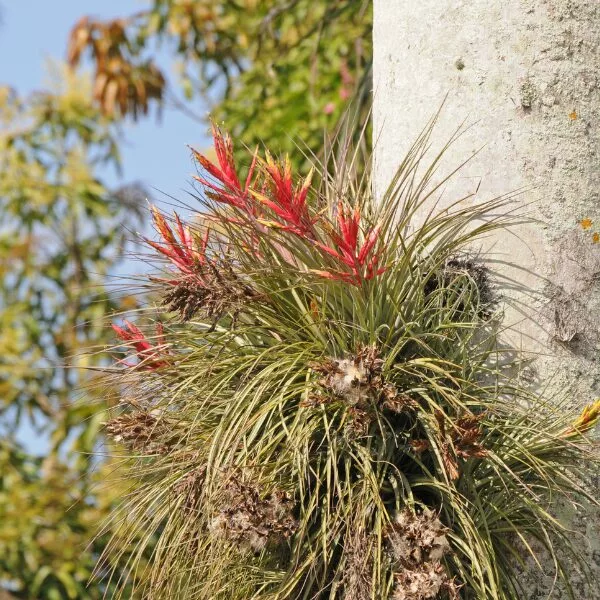
Most of these plants are relatively small in size, so if you’re looking for something that would catch the eye of a visitor then this is the perfect species. This robust air plant has stiff, spiky leaves and produces bright red and yellow blooms. It’s known for its durability and can grow up to 18 inches tall.
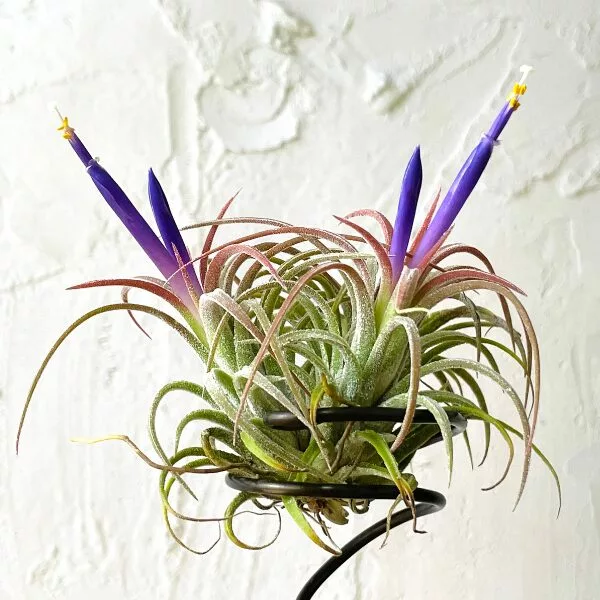
Figuring out by the name you can guess what this air plant would look like! It features long, curly leaves that twist and turn giving it a fluffy and playful look. It is a super cool addition to the air plants in your home and sure to earn compliments!
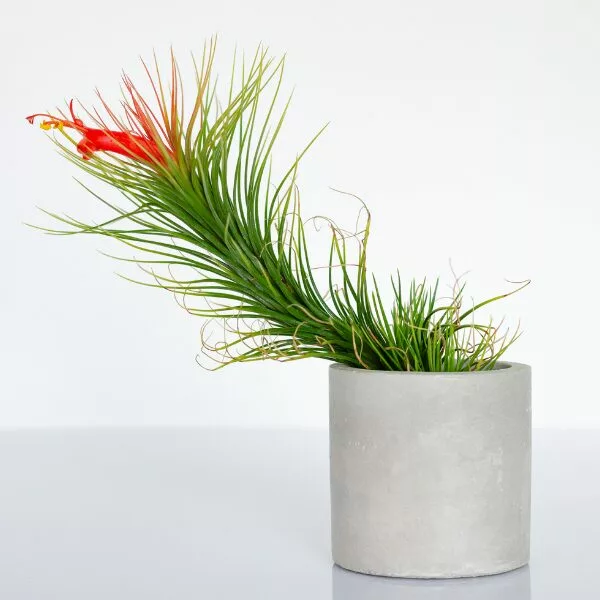
If you think this air plant looks familiar then you’re right! It might look like the leaves of a pine tree but it is an air plant! The needle-like leaves twist and turn as it grows and tips of the leaves turn bright red before they bloom. This cutie can be placed in an air plant container or in a terrarium.
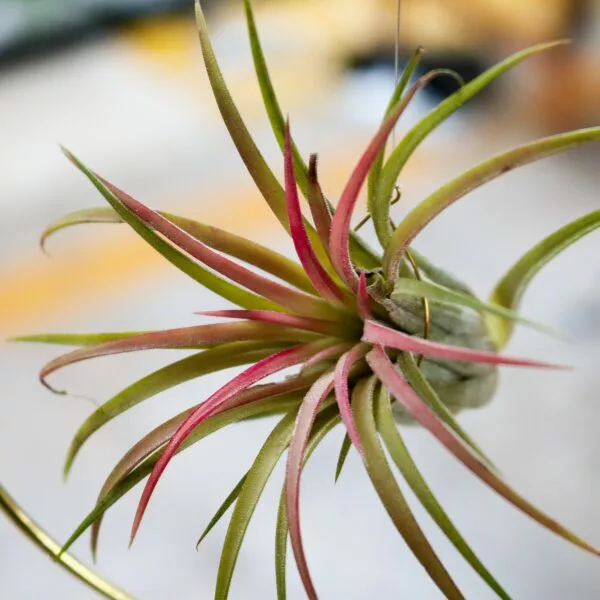
Your list of air plants is incomplete without this rare tiny air plant. This plant has soft, green leaves that form a dense rosette and usually doesn’t grow more than 4 inches tall. And if you’re lucky enough to get this plant to bloom, the flowers are as big as the plant itself and have vibrant color!
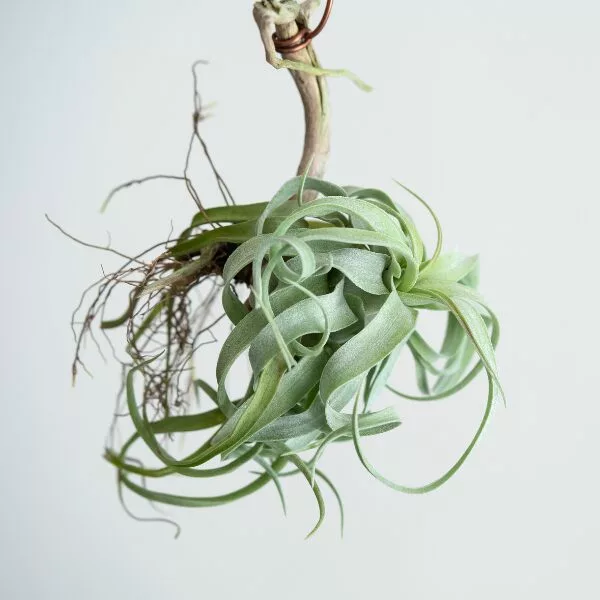
This air plant gets its nickname ‘Shirley Temple’ because of it’s curly leaves that tighten or loosen depending on moisture levels, this plant has a whimsical, almost alien look. They make a great choice for low-humidity climate and drier conditions.
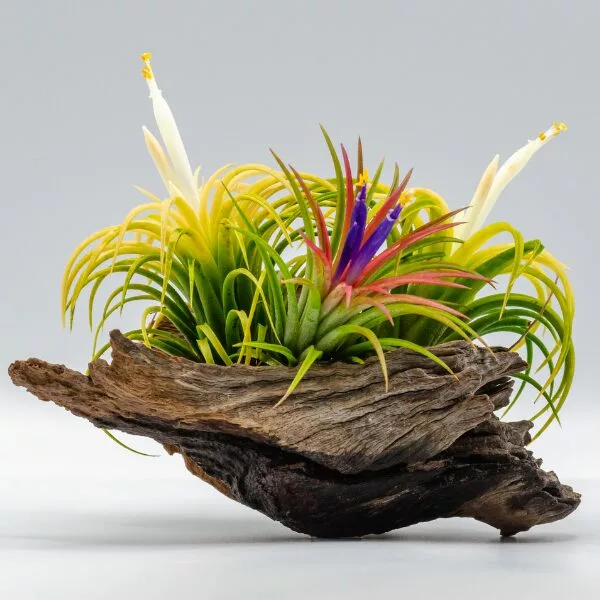
Looks like a sea urchin doesn’t it?! This cute air plant is known for its bright green, grass-like leaves and striking red blooms. It is sensitive to environmental change therefore it is advised to keep it in stable room temperature and have a careful watering regime.
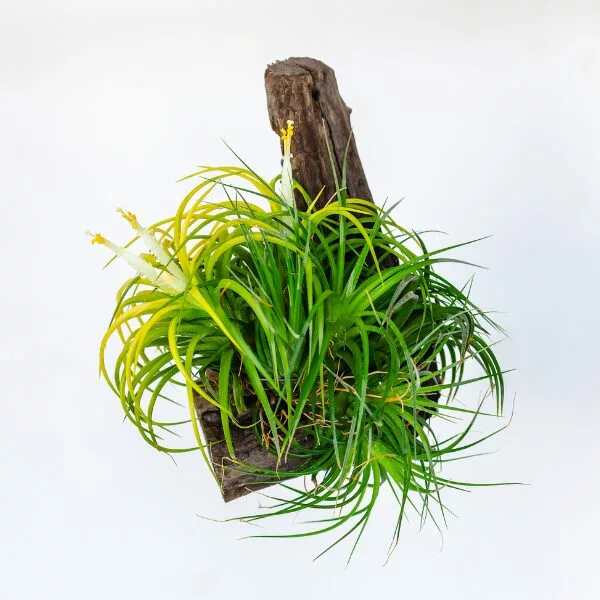
With its long, thin leaves and unique speckled pattern, this air plant makes it a great choice for hanging pots. It’s highly adaptable and thrives in a variety of conditions, making it a versatile choice for your home.
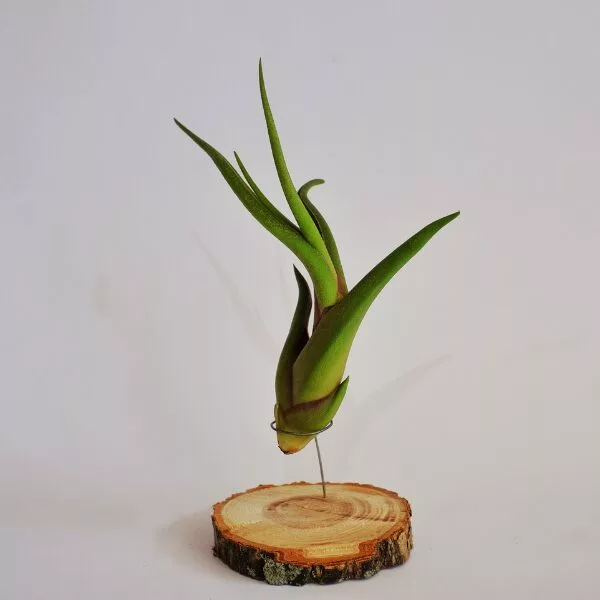
This variety is characterized by its broad, flat leaves which can grow up to 20 inches tall and impressive flowering spike. It’s a hardy air plant that can tolerate different environments, adding a tropical feel to your home.
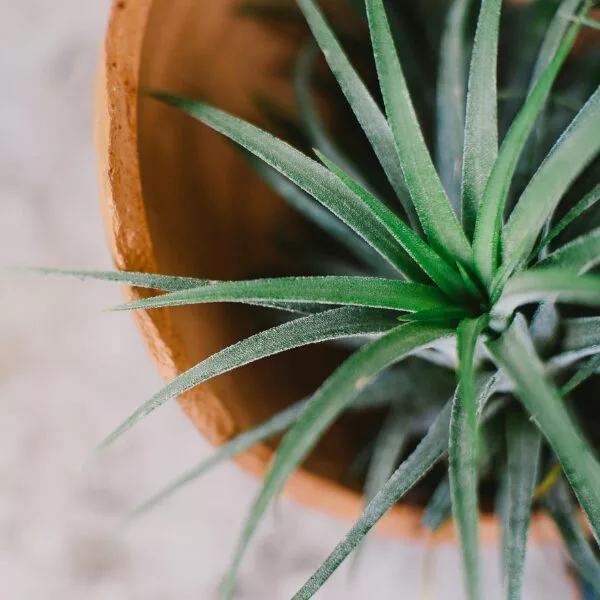
This air plant is known for its frosted appearance, has a soft, fuzzy texture and produces a beautiful flower. It’s compact and can be placed in almost any aesthetic display you would prefer.
How to Choose the Best Air Plants for Your Home
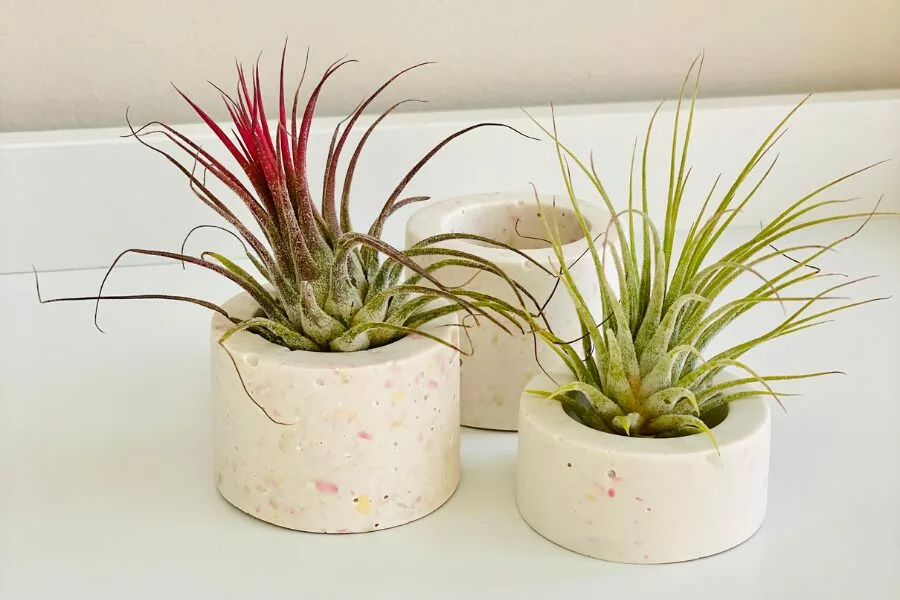
Like any other plants for your home, an air plant needs specific consideration before buying. This depends on the following factors:
Light conditions: Make sure your plants have access to proper indirect sunlight. A windowsill or a well lit room with plenty of natural light and windows is preferred.
Humidity: These plants (especially, the mesic air plant) love humidity but different species have varying humidity requirements. So, depending on the species of plant you have you can choose a perfect place!
Temperatures: Make sure you choose a place that has a stable room temperature conditions. Any kind of extreme temperature, either too cold (air conditioning) or hot (near heaters) should be avoided.
Plant aesthetics: Depending on the room you want to keep your air plant in, available space and your aesthetic preference you can pick a species that is well suited to your needs and wants!
Creative Ways to Hang Air Plant Containers at Home
You have all the creative liberty when it comes to displaying air plants for indoor garden. Since these decorative air plants do not require soil you can play around with lots of fun and artistic ways to display them like closed air plants. The only thing to make sure is that you can reach these easy air plants to water and mist them when required. We have listed some displays that we think are super cool and will be fun to try!
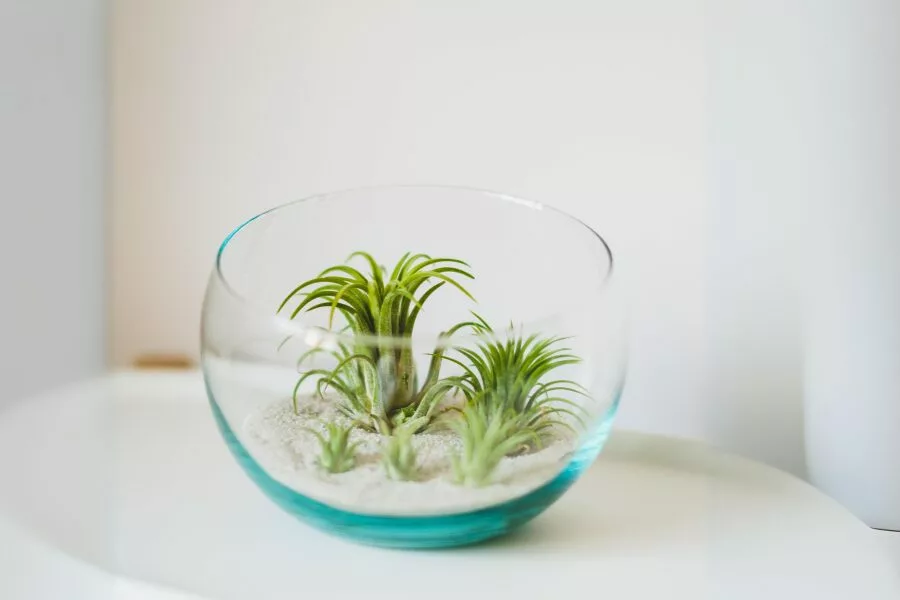
Hanging Displays: From macramé hangers to wall-mounted holders, get creative with how you display your plants.
Terrariums: Create mini ecosystems with closed air plants in glass terrariums.
Tabletop Arrangements: Use stylish bowls or trays for a chic, modern look.
Air plant containers: Air plants for indoor garden can be put in these special air plant containers and then be placed wherever you want!
How To Grow And Care For Air Plants
There are some general rules that you need to keep in mind when carrying for these unique plants that do not require soil to grow. Briefly, proper watering, relatively warm temperatures and plenty of indirect light with proper air circulation are the most important factors. We talk about them in detail below.
Light: These plants love bright to medium indirect light conditions for optimal growth. But make sure you don’t expose them to scorching direct light conditions because this will burn the leaves.
Water: Watering the plants is the trickiest and therefore the most important aspect of plant carrying. They are usually soaked in water for 20-30 minutes every 1 to 2 weeks. And some easy air plants require regular misting or a quick dunk in water and not prolonged soaking. We discuss how to water and some water techniques in more detail below.
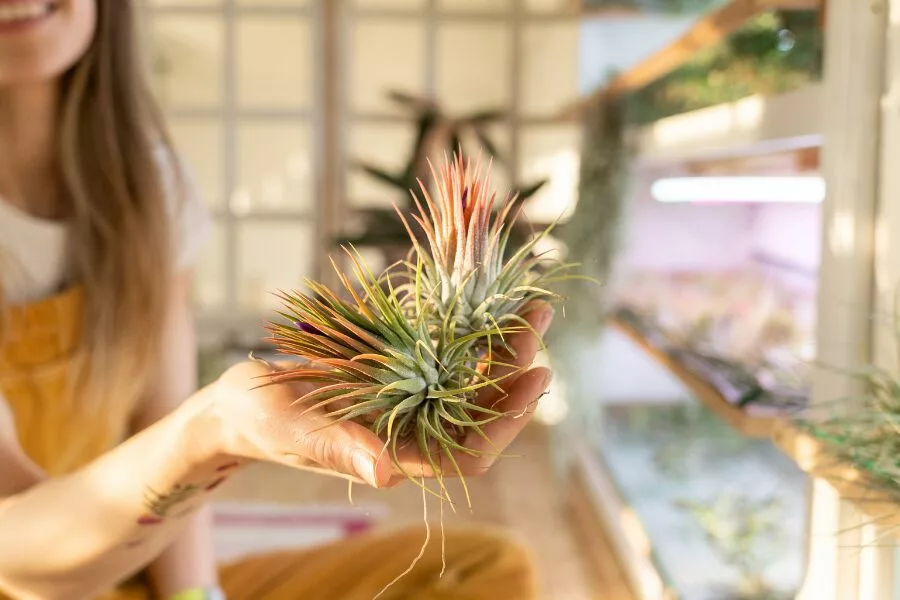
Temperature and Humidity: Air plants for beginners can be a bit tricky but all you need to remember is that these easy air plants love humidity and relatively warm temperatures. So a spot in your home with proper lighting and relatively high humidity (like a bathroom) would be the ideal location for placing decorative air plants.
Fertilization: You can fertilize your plants one or twice a month in water-soluble fertilizer. Mix the prescribed fertilizer in the water and soak the plant in it. This fertilizer contains absorbable nitrogen for proper plant growth and other important nutrients.
How to Water an Air Plant and Techniques for Watering
An air plant particularly needs a careful watering regime for proper growth. Overwatering your plants will lead to rotting of the leaves and underwatering will cause the foliage to shrink, curly, and become wrinkly.
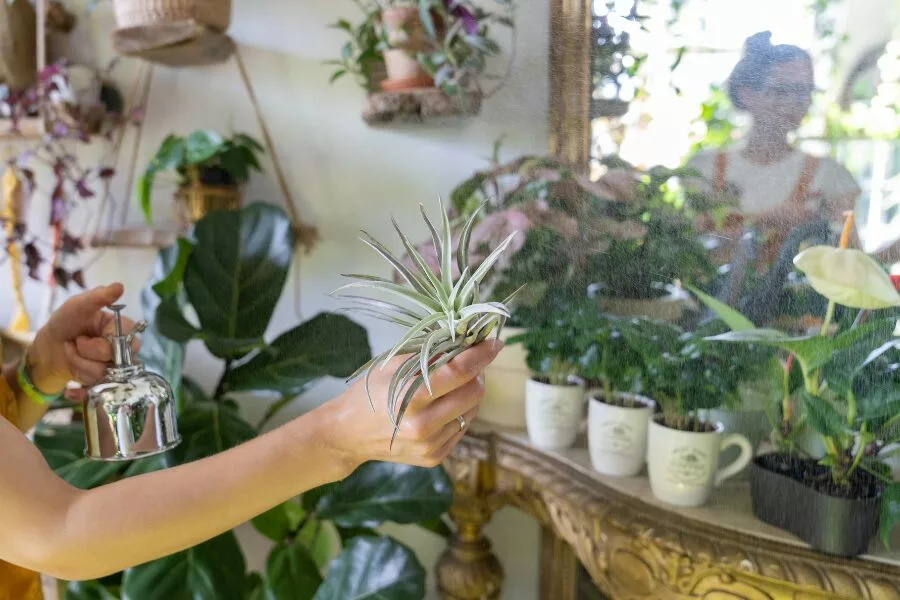
Therefore, a proper watering schedule is needed to maintain the good health of air plants in indoor gardens. Water your plants once a week by soaking them in water for 20-30 minutes. Once you are watering sake, gently remove any excess water and put it on a tissue so any additional water is absorbed.
For a mesic air plant (humidity-loving), water it twice or thrice in a week and mist it regularly to get the best growth and flowering. Make sure you are not using chlorinated water for watering any of your plants. It is advised to use tap, rain, or pond water instead to prevent damage to the leaves.
Best Techniques for Watering Your Air Plant
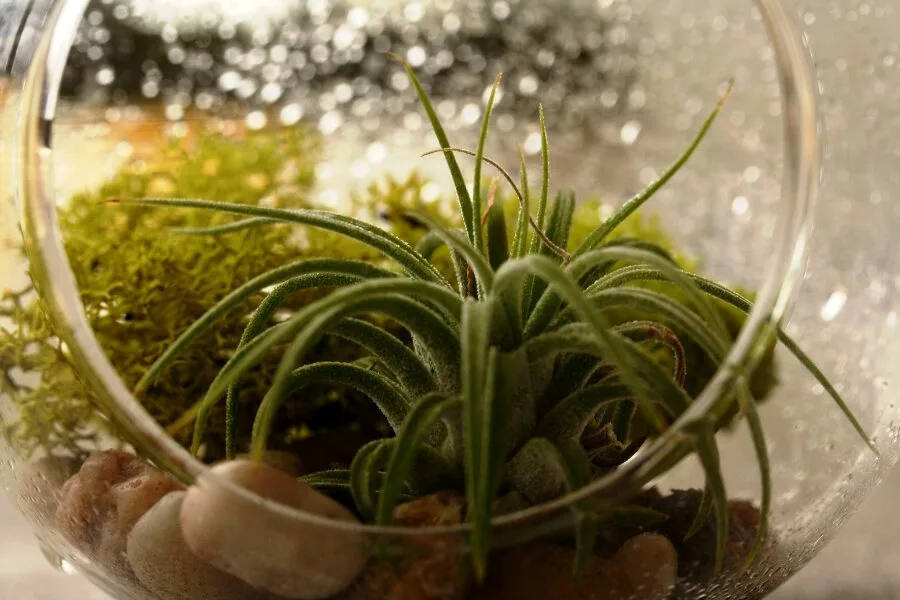
Soaking:
- Fill your sink or a container deep enough to submerge your air plant with water. You should use tap water and avoid chlorinated water.
- Then place your air plant in for around 20-30 minutes or less time depending on the type of plant you have. Put a timer and make sure you don’t forget to get it out in time!
- Once you’re done watering, shake any excess water off and place it on a tissue for a while so no excess water is present. And you’re done!
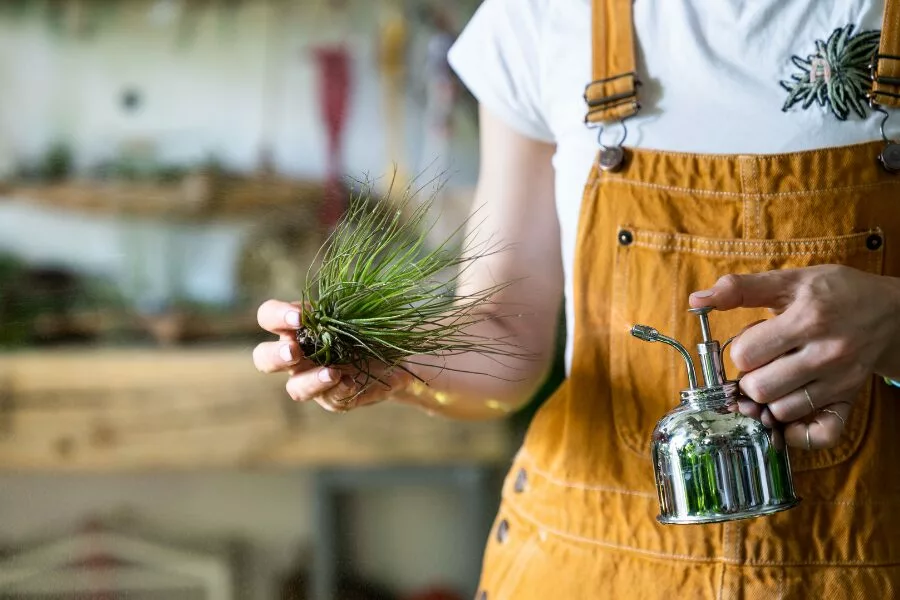
Misting:
- This is helpful for both xeric (prefers drier conditions) and mesic (humidity loving) plants.
- First fill a spray bottle with water, tap water should be fine. And then start misting.
- Hold the spray bottle at least 6-12 inches away and make sure the whale plant is misted properly.
- Once your plant is covered in water let it sit for 10-15 minutes and then jerk off any excess water! And you’re good to go!
- Also if your leaves look too dry you can mist them from time to time especially during hot summers.
Where to Find the Best Air Plants
Air plants for beginners can be bought online or at a nursery near you. You can look up “air plants near me” or just choose some great air plants from our list and place your order!
Also, while you shop air plants online, you can add air plant containers in to your cart so you don’t have to worry about the styling!
We’ve found some trusted websites where you can shop for these plants online, including some fantastic air plants for sale, just in case you couldn’t find “air plants near me”. Shop air plants online and add to the greenery at home!
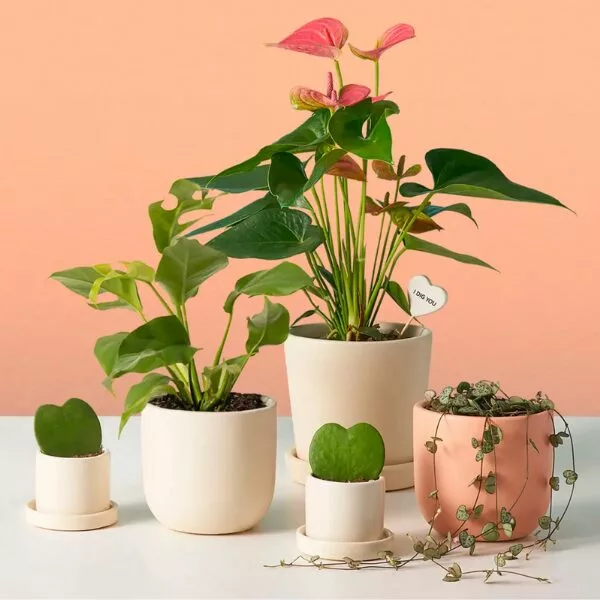
The Sill was founded on a simple premise—plants make us happier, healthier humans. The Sill offers easy-care indoor plants, pots and planters, plant care accessories, and more delivered to your door. They also offer free shipping and a 30-day guarantee.
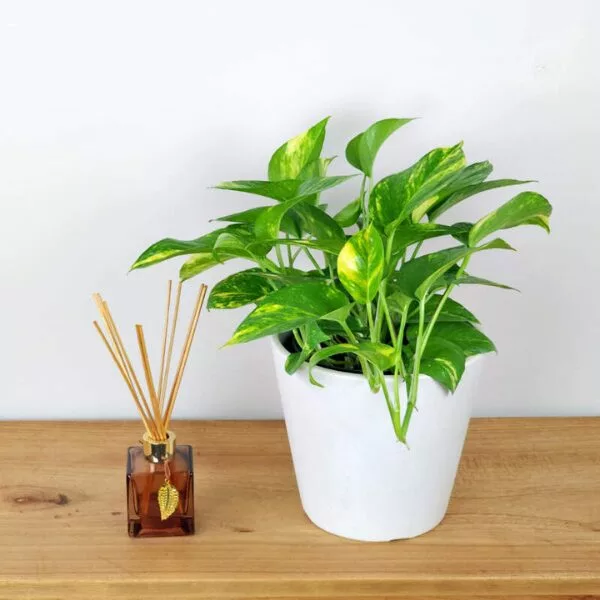
PlantVine offers a great selection including houseplants with an extensive variety of lush, tropical indoor plants. They provide a carefully curated selection of live, fully grown, beautifully cared for house plants, paired with an unparalleled customer service experience.
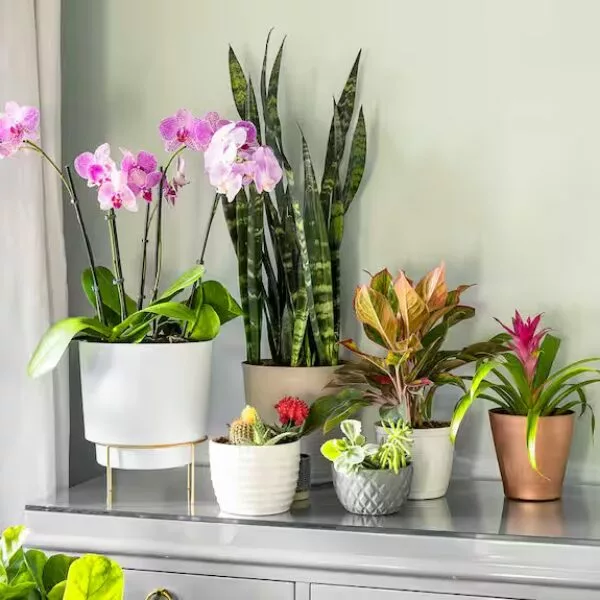
Home Depot offers a wide variety of all types of plants, including indoor plants and everything in between. You can shop online or in-store in the garden center for your indoor plants. They also offer free delivery, plus free in-store or curbside pickup.
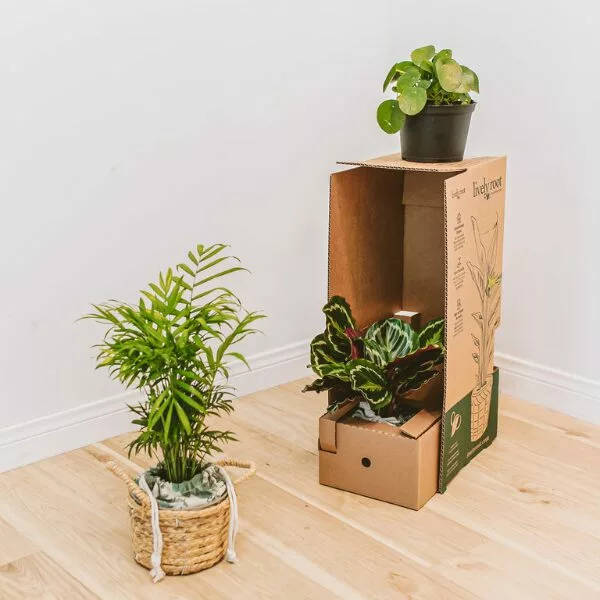
Lively Root offers a stunning collection of indoor plants with a carefully curated range of houseplants, nurtured with passion and expertise in their own nursery. They offer 3 different service levels for shipping including a 30-day guarantee.
Summing Up
By the end of this article I am convinced to have at least two different air plants at home and you must be too! Air plants for beginners or pros are a great low-maintenance choice to transform your everyday space.
I already have my favorites that I will be buying from the best air plants we have listed above. So what are you waiting for?! Shop air plants online, select your favorite ones, go to the website and place an order for enhancing your home with a unique touch!
Want to read more like this?
Get similar stories and a free sustainability checklist delivered to your inbox.

Like our content?
Get similar stories and a free sustainability checklist delivered to your inbox.

Frequently Asked Questions
What is an air plant?
An air plant, or Tillandsia, is a unique genus of plants that don’t require soil to grow. It absorbs moisture and nutrients through its leaves from the air and rain. This makes it perfect for creative indoor gardening and decor.
How do I care for an air plant?
Caring for an air plant is simple. It needs bright, indirect light and should be watered about once a week. Soak it in water for 20-30 minutes, then let it dry completely before placing it back in its container. Ensure it has good air circulation to prevent rot.
Can an air plant be grown in low light conditions?
While an air plant can tolerate lower light conditions, it thrives best in bright, indirect light. Placing it near a window with filtered light or using artificial grow lights for closed air plants can help it flourish.
What is the best air plant for beginners or best air plants for novices?
For beginners, consider starting with an easy air plant like a Tillandsia Ionantha, a Tillandsia Velutina, or a Tillandsia Juncea. These varieties are hardy and require minimal care, making them perfect as air plants for novices.
How can I display an air plant in my home?
These plants are incredibly versatile and can be displayed in various ways including as closed air plants. You can think of various air plants ideas or use hanging planters, terrariums, decorative bowls, or even mounted on wooden or metal frames. Get creative with your arrangements to suit your decor style!

